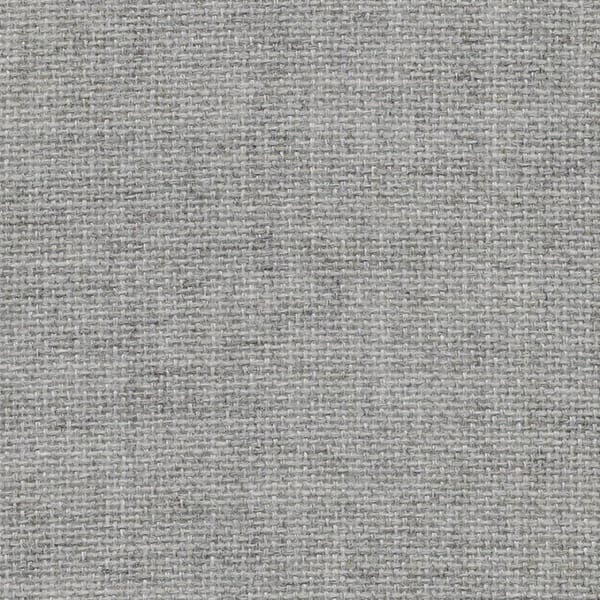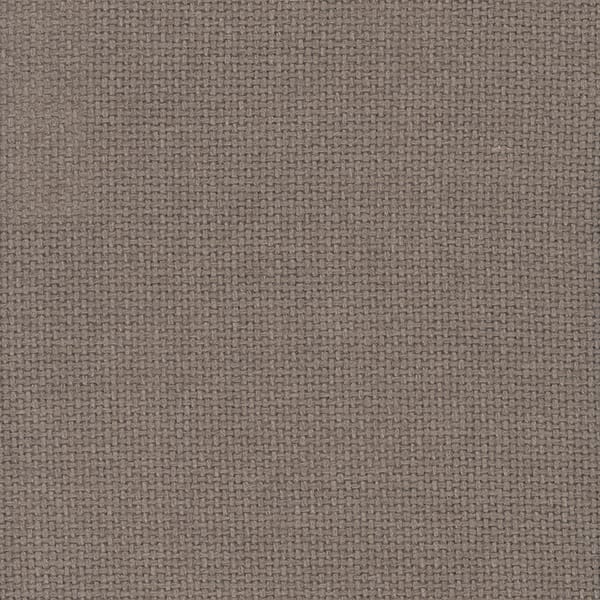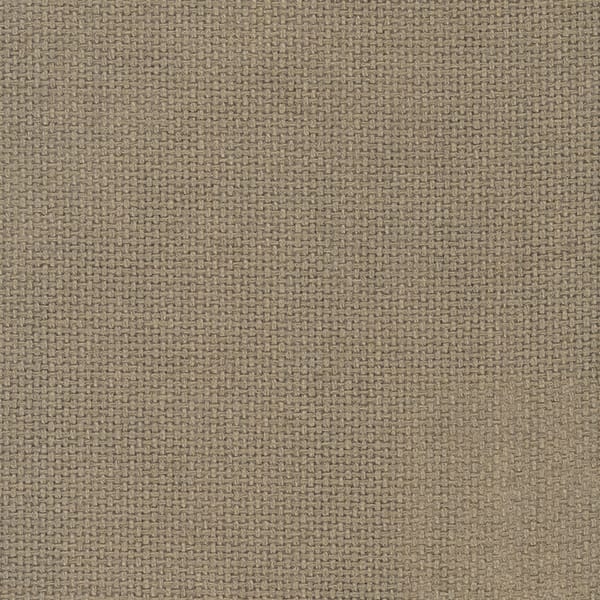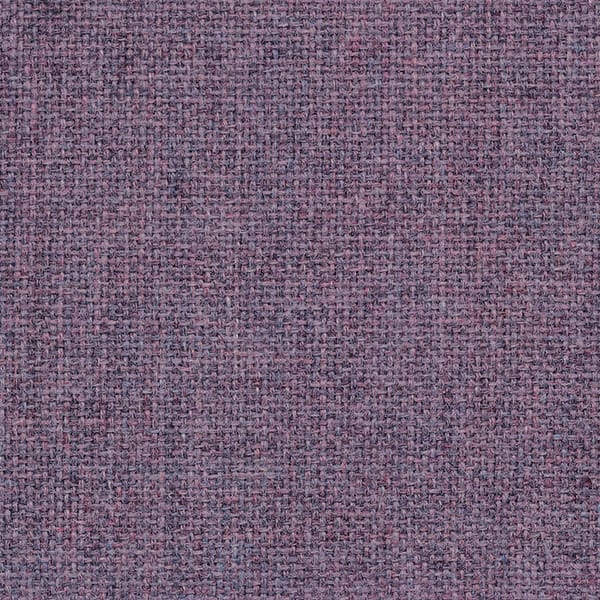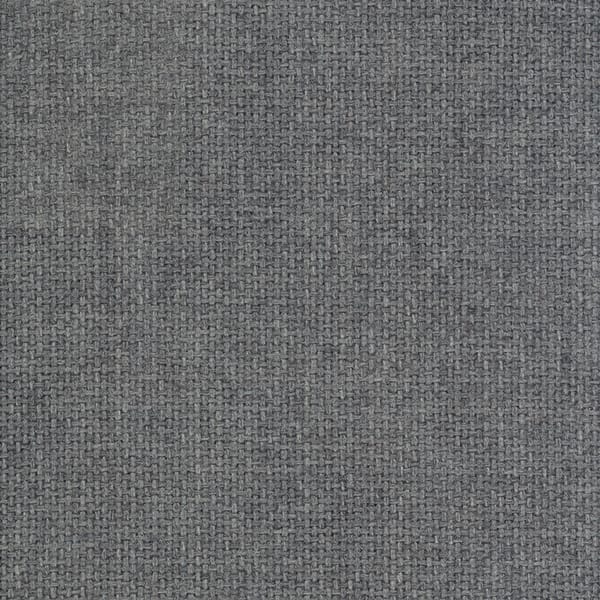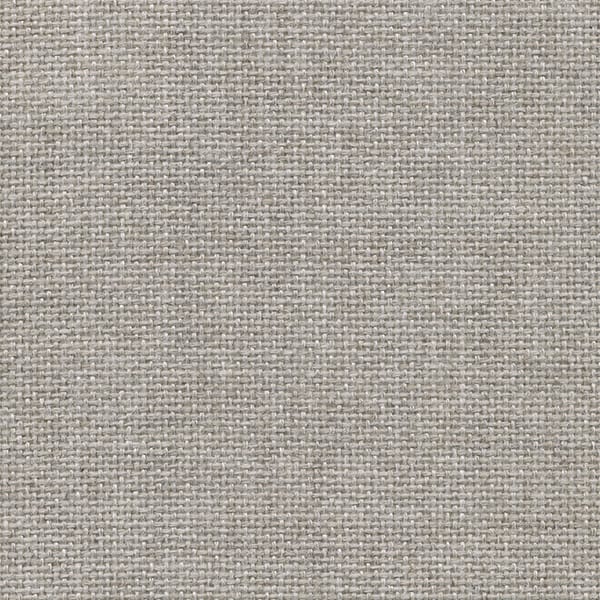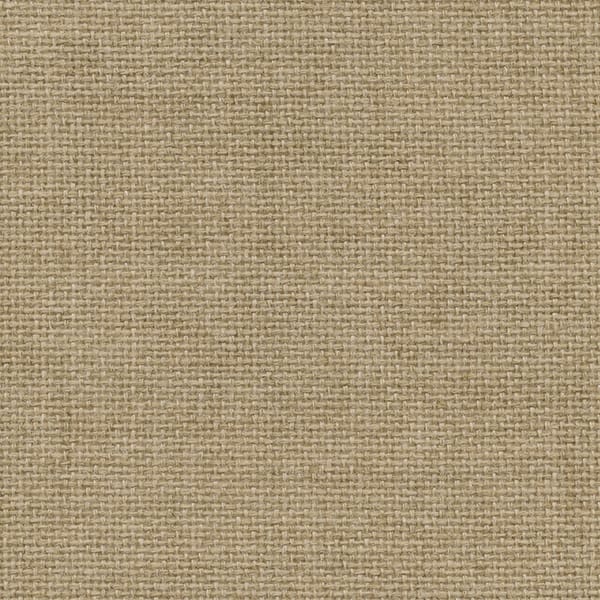South Lake Audio
Wool Grill Cloth Colors
There's always a compromise in audio,
and that isn't necessarily a bad thing.
Some say the sweetest sound comes from a tubed system. My dad had a 50 watt per channel Lafayette Tube Amplifier. Music would come alive with this amp. I also remember his amazing Solidstate Denon amplifier. I would watch the VU meters bounce to the music. While it provided an amazing sound, it was not the same experience; not to say it was bad, rather it was good in a different way.
Many who critically listen to a pair of loudspeakers, listen with the grill off. This is due to grill porosity and its' affect on high frequency output. Our simulated recycled wool cloth grill is less porous than our printed grill cloth. Porosity will affected overall high frequency output.
The loudspeaker without a grill, a printed grill, or a wool grill sounds different.
Essentially there will be a 1-db roll-off in high frequency with the printed grill, and up to a 2 db roll-off in high frequency with the wool grill. We, therefore, measure our loudspeaker with our different grill materials slightly off axis; just as we would listen in real life, and adjust crossover impedance based on an average. For increased high frequency with a wool grill, point the loudspeaker directly toward you. Without a grill, point the speaker 5-10 degrees off axis.
Speaker position has an affect on sound, especially with the balance of upper low frequency range. This is due to the load the wall provides to the soundwaves energy. Moving the speaker close to the wall increases perceived low frequency. It can also negatively affect clarity, especially in the vocal range. Moving the speaker away from the wall helps to reduce unwanted reflections, giving the loudspeaker a larger perceived sound stage.










